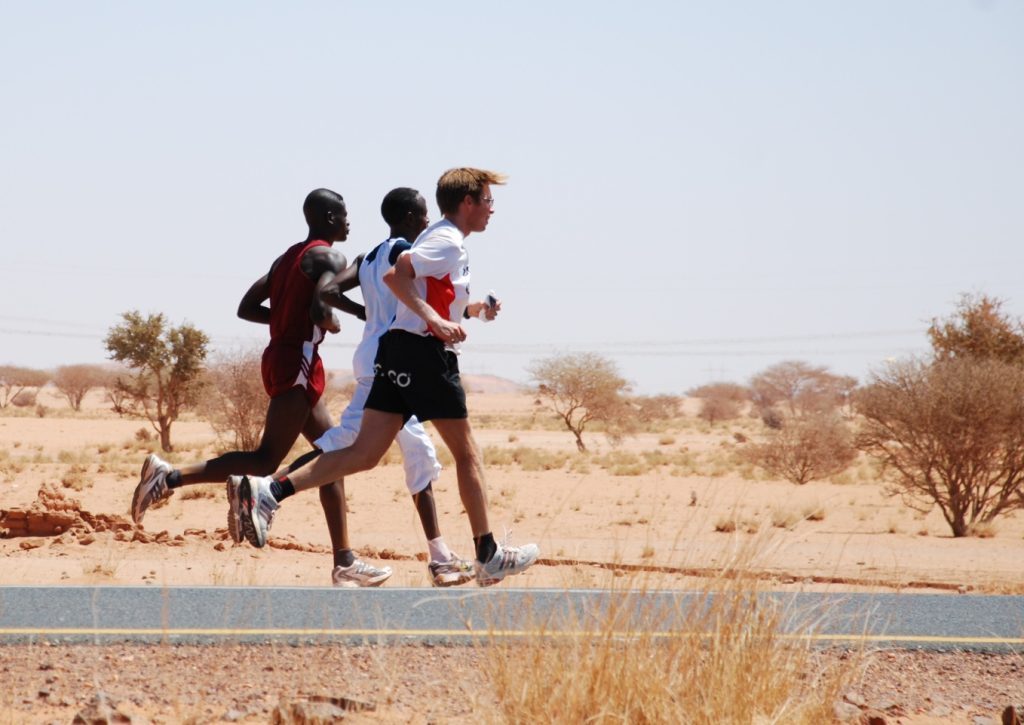Diaphragmatic breathing plays a significant role in optimal nervous system function, proper motor function, relaxation, focus, and efficiency.
Breathing is the life force for human function and performance. It’s a human reflex we’re born with and it’s attached to our nervous system. Think about breathing the same way as you think about any other part of your body involved in recovery. If not, think about it more. It’s that important!
After a heavy (or anaerobic) training session you may experience poor breathing patterns. Consequently, you may also experience poor motor output, muscle compensations, and be more susceptible to overuse injuries. Most vulnerable to injury are respiratory assist muscles around your neck and chest.
We breathe in two different ways:
- Diaphragmatic breathing: This is the most reflexive and natural way. Most desirable is to be good at diaphragmatic breathing. The rib cage should expand in a 3-D pattern – top to bottom, back to front, and to the sides
- Apical breathing: Apical breathing, or upper chest breathing, results if the body is compensating or is experiencing over-training
A recent study in Evidence-Based Complementary and Alternative Medicine examined the use of diaphragmatic breathing by endurance athletes during a 24-hour bike race. The first known study to analyse oxidative stress levels in athletes and the effects of diaphragmatic breathing, researchers explored the effects of diaphragmatic breathing on exercise induced oxidative stress by measuring cortisol and melatonin levels.
Results indicated that diaphragmatic breathing techniques induce relaxation and increase the antioxidant defence status. Scientists noted a decrease in cortisol and an increase in melatonin hormones.

Cortisol is a hormone related to stress response and melatonin is linked to sleep wake cycle.
Here is a simple exercise for you to try:
- Lie on the floor face up with knees slightly bent
- Place a small pillow or rolled up towel under the head if that is more comfortable for you
- Place your hands lightly where your chest plate ends
- Now with the palms of your hands pressed into your ribs and your finger in the soft part below your chest plate
- Press your hands together gently squeezing your ribs towards each other as you also press your fingers downwards
- Concentrate on breathing into your palms and your fingers, gently pushing both up and out
- Progress by placing a 5 -1 0 kg weight plate and go for 10 repetitions
- Control your breathing by practising the GOLDEN formula 6 seconds inhalation, 1 second pause, and 5 second (6-1-5) exhalation
Working on your diaphragmatic breathing will lower stress, inflammation (cortisol) and allow for better quality sleep (melatonin) boosting recovery.


